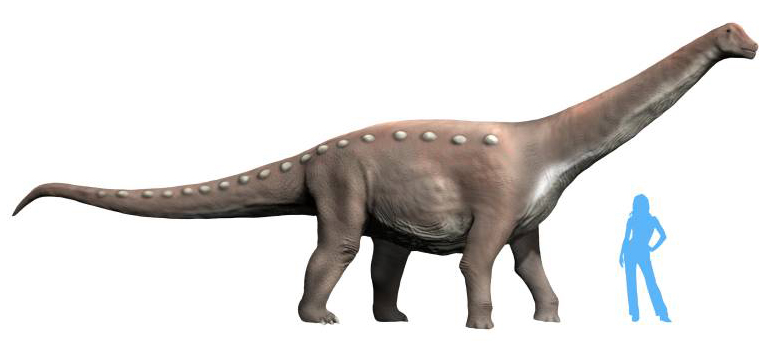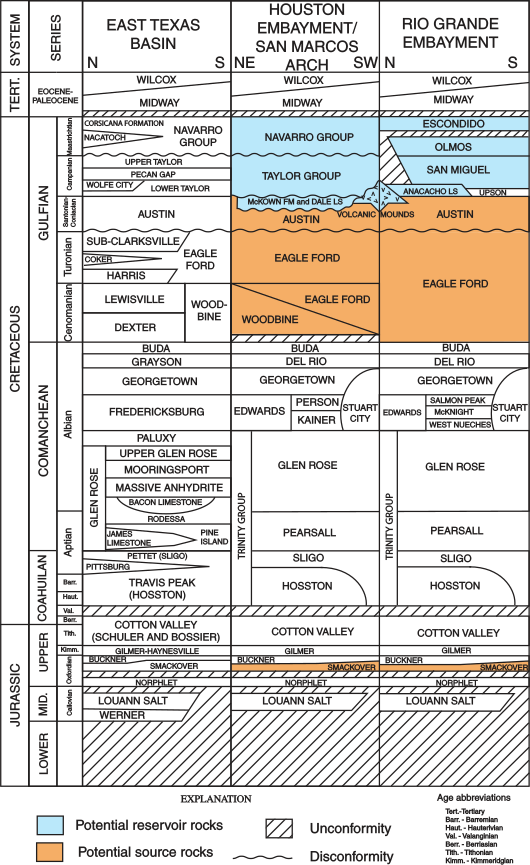|
Bothremydidae
Bothremydidae is an extinct family of side-necked turtles (Pleurodira) known from the Cretaceous and Cenozoic. They are closely related to Podocnemididae, and are amongst the most widely distributed pleurodire groups, with their fossils having been found in Africa, India, the Middle East, Europe, North America and South America. Bothremydids were aquatic turtles with a high morphological diversity, indicative of generalist, molluscivorous, piscivorous and possibly herbivorous grazing diets, with some probably capable of suction feeding. Unlike modern pleurodires, which are exclusively freshwater, bothremydids inhabited freshwater, marine and coastal environments. Their marine habits allowed bothremydids to disperse across oceanic barriers into Europe and North America during the early Late Cretaceous (Cenomanian). The youngest records of the group are indeterminate remains from Saudi Arabia and Oman, dating to the Miocene. Taxonomy The family is split into two subfamilies and ... [...More Info...] [...Related Items...] OR: [Wikipedia] [Google] [Baidu] |
Apertotemporalis
''Apertotemporalis'' was an extinct genus of bothremydidae, bothremydid turtle that lived during the Late Cretaceous. The type species ''A. baharijensis'' was named in 1934 by Ernst Stromer for a specimen, NR 1912 VIII 93, consisting only of a fragmentary skull destroyed on the night of April 23/24, 1944, during World War II. accessed on 26 January 2011 No more remains have been found since. The specimen was found in the Bahariya Formation of Egypt. References {{Testudines Fossil taxa described in 1934 Bothremydidae, Prehistoric turtle genera ...[...More Info...] [...Related Items...] OR: [Wikipedia] [Google] [Baidu] |
Galianemys
''Galianemys'' is an extinct genus of turtle in the family Bothremydidae, discovered in the Kem Kem Beds The Kem Kem Group (commonly known as the Kem Kem beds) is a geological group in the Kem Kem region of eastern Morocco, whose strata date back to the Cenomanian stage of the Late Cretaceous. Its strata are subdivided into two geological formations .... References Further reading * Gaffney E. S., Tong H., et al (2002) Galianemys, a new side-necked turtle (Pelomedusoides: Bothremydidae) from the Late Cretaceous of Morocco, American Museum Novitates 3379, 1-20 * Gaffney E. S., Tong H., et al (2006) Evolution of the side-necked turtles: The families Bothremydidae, Euraxemydidae, and Araripemydidae, Bulletin of the American Museum of Natural History 300, 1-318 Bothremydidae Prehistoric turtle genera Fossil taxa described in 2002 Extinct turtles {{Paleo-turtle-stub ... [...More Info...] [...Related Items...] OR: [Wikipedia] [Google] [Baidu] |
Khadro Formation
Khadro (, ) is a town that is located in Sub-District Sinjhoro, Sanghar District of Sindh Province, Pakistan Pakistan, officially the Islamic Republic of Pakistan, is a country in South Asia. It is the List of countries and dependencies by population, fifth-most populous country, with a population of over 241.5 million, having the Islam by country# .... It is an developing town that has primary source of income for people is trade of crops business due to different crops production in area that produces are wheat cotton etc. There is a famous tomb of Hazrat Hameer Faqeer is located in town. The town population is approximately 35000 that 95% population belongs to Muslim community and there is 3-4% Hindu populations. It's distance from Karachi is round about 270 Kilometres. Its main link road is Sanghar Nawabshah Road from which it connects to different areas of Sanghar District. Location Khadro location is a prime point for its town. It's located between Sanghar district an ... [...More Info...] [...Related Items...] OR: [Wikipedia] [Google] [Baidu] |
Quseir Formation
The Quseir Formation is a geological formation in the vicinity of the Kharga Oasis in Egypt.Quseir Formation at .org It is in age. The lithology largely consists of soft shale with hard bands of , and |
Khargachelys
''Khargachelys'' is an extinct Bothremydid side-necked turtle from the Quseir Formation in Egypt Egypt ( , ), officially the Arab Republic of Egypt, is a country spanning the Northeast Africa, northeast corner of Africa and Western Asia, southwest corner of Asia via the Sinai Peninsula. It is bordered by the Mediterranean Sea to northe .... References {{Taxonbar, from=Q125470870 Prehistoric turtles of Africa Bothremydidae Prehistoric turtle genera ... [...More Info...] [...Related Items...] OR: [Wikipedia] [Google] [Baidu] |
Campanian
The Campanian is the fifth of six ages of the Late Cretaceous epoch on the geologic timescale of the International Commission on Stratigraphy (ICS). In chronostratigraphy, it is the fifth of six stages in the Upper Cretaceous Series. Campanian spans the time from 83.6 (± 0.2) to 72.1 (± 0.2) million years ago. It is preceded by the Santonian and it is followed by the Maastrichtian. The Campanian was an age when a worldwide sea level rise covered many coastal areas. The morphology of some of these areas has been preserved: it is an unconformity beneath a cover of marine sedimentary rocks. Etymology The Campanian was introduced in scientific literature by Henri Coquand in 1857. It is named after the French village of Champagne in the department of Charente-Maritime. The original type locality was a series of outcrops near the village of Aubeterre-sur-Dronne in the same region. Definition The base of the Campanian Stage is defined as a place in the stratigraphic ... [...More Info...] [...Related Items...] OR: [Wikipedia] [Google] [Baidu] |
Olmos Formation
The Olmos Formation is a geologic formation in Mexico. It preserves fossils of plants, hadrosaurs like ''Kritosaurus'', ceratopsians, tyrannosaurs and the turtle ''Palauchelys montellanoi'' dating back to the Cretaceous period. See also * List of fossiliferous stratigraphic units in Mexico This is a list of stratigraphic units (groups, formations and members), containing fossils and pertaining to the North American country of Mexico. List See also * Lists of fossiliferous stratigraphic units in North America References ... References 7. Oliver A. López-Conde, Adán Pérez-García, María L. Chavarría-Arellano, Jesús Alvarado-Ortega, A new bothremydid turtle (Pleurodira) from the Olmos Formation (upper Campanian) of Coahuila, Mexico, Cretaceous Research, Volume 119. External links * Geologic formations of Mexico Cretaceous Mexico Campanian Stage Maastrichtian Stage of North America {{Cretaceous-stub ... [...More Info...] [...Related Items...] OR: [Wikipedia] [Google] [Baidu] |
Palauchelys
''Palauchelys'' is an extinct genus of bothremydid turtle that existed during the Campanian. Distribution ''P. montellanoi'' fossils are known from the Olmos Formation of Coahuila Coahuila, formally Coahuila de Zaragoza, officially the Free and Sovereign State of Coahuila de Zaragoza, is one of the 31 states of Mexico. The largest city and State Capital is the city of Saltillo; the second largest is Torreón and the thi ..., Mexico. References Bothremydidae Monotypic prehistoric reptile genera Cretaceous turtles of North America Prehistoric turtle genera Fossil taxa described in 2021 {{Paleo-turtle-stub ... [...More Info...] [...Related Items...] OR: [Wikipedia] [Google] [Baidu] |
Maastrichtian
The Maastrichtian ( ) is, in the International Commission on Stratigraphy (ICS) geologic timescale, the latest age (geology), age (uppermost stage (stratigraphy), stage) of the Late Cretaceous epoch (geology), Epoch or Upper Cretaceous series (stratigraphy), Series, the Cretaceous geologic period, Period or system (stratigraphy), System, and of the Mesozoic geologic era, Era or Erathem. It spanned the interval from . The Maastrichtian was preceded by the Campanian and succeeded by the Danian (part of the Paleogene and Paleocene). It is named after the city of Maastricht, the capital and largest city of the Limburg (Netherlands), Limburg province in the Netherlands. The Cretaceous–Paleogene extinction event (formerly known as the Cretaceous–Tertiary period, Tertiary extinction event) occurred at the end of this age. In this extinction event, mass extinction, many commonly recognized groups such as non-avian dinosaurs, plesiosaurs and mosasaurs, as well as many other lesser-kn ... [...More Info...] [...Related Items...] OR: [Wikipedia] [Google] [Baidu] |


